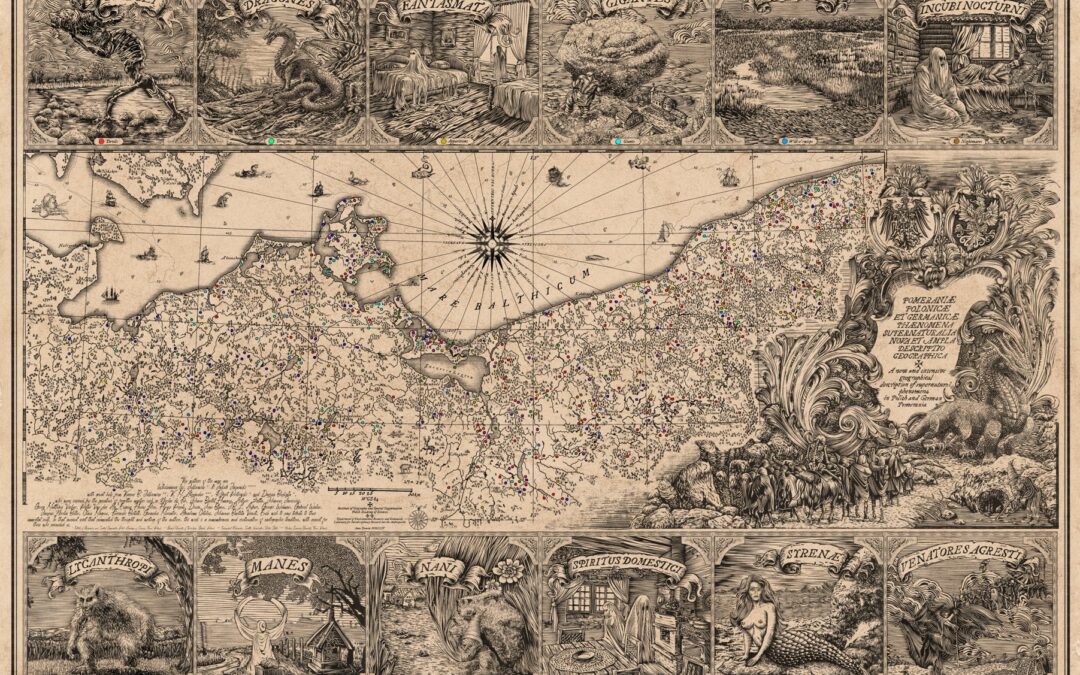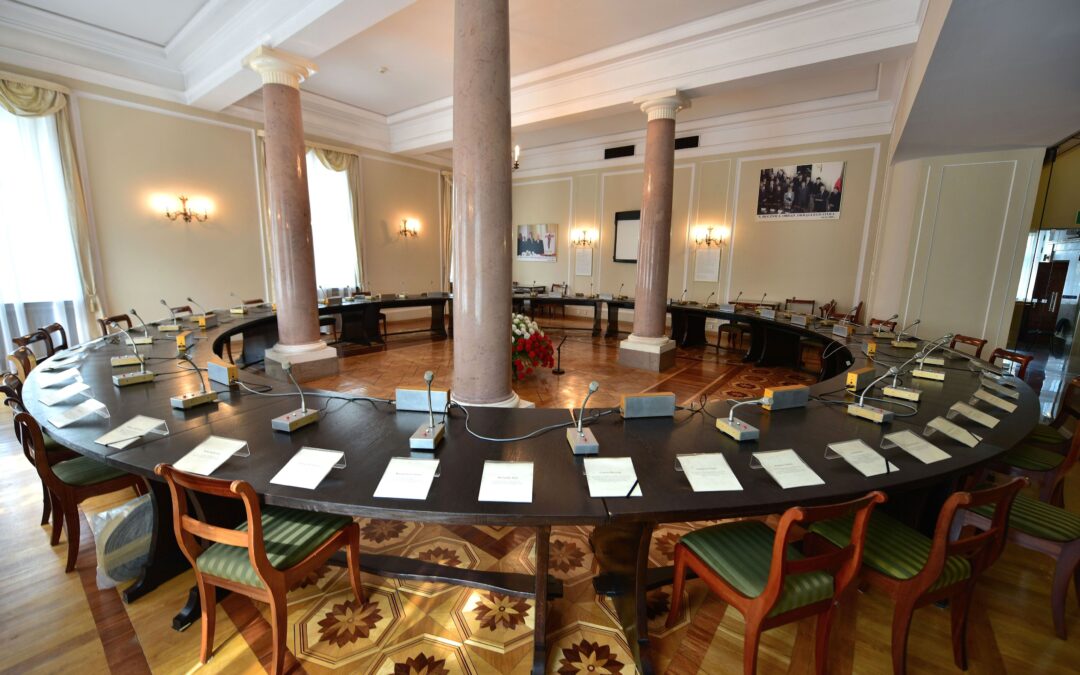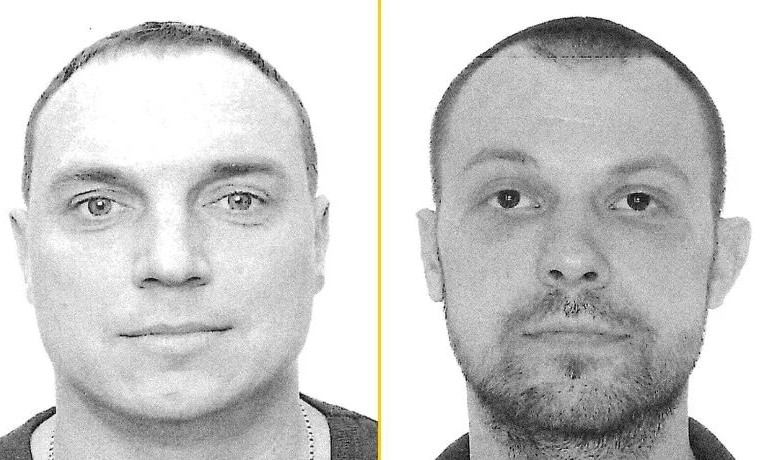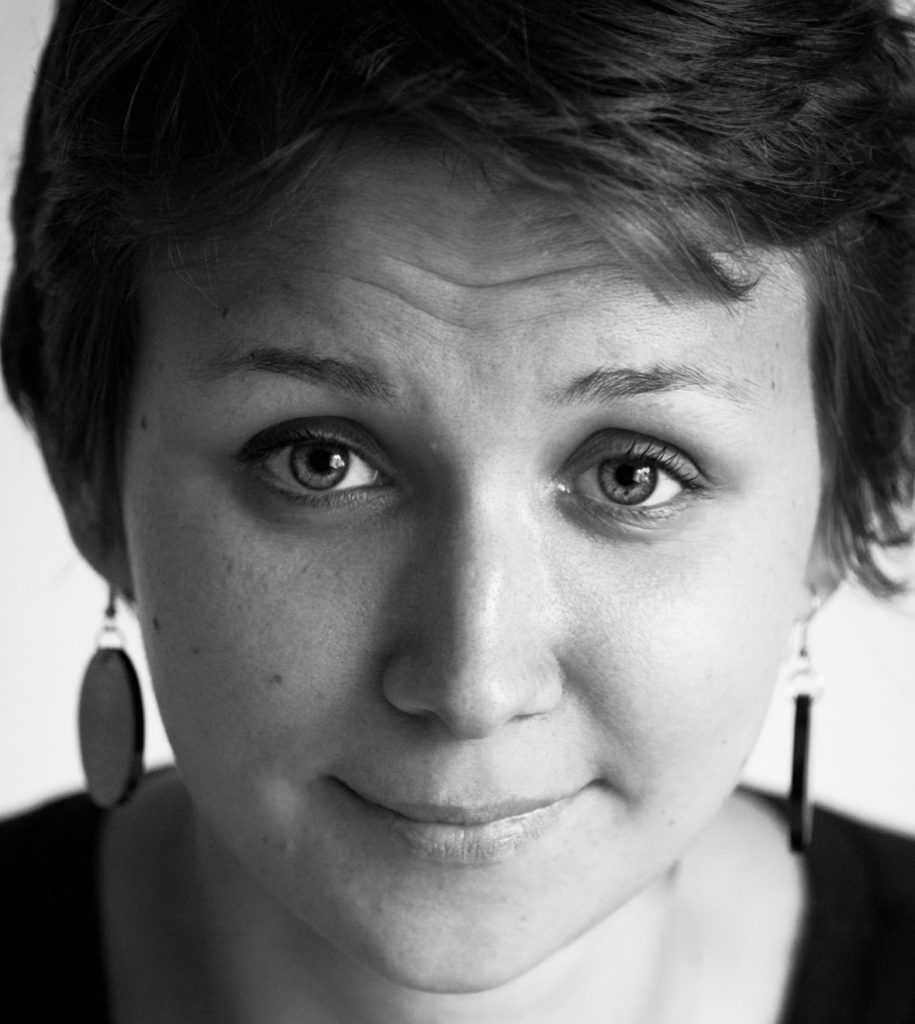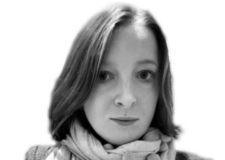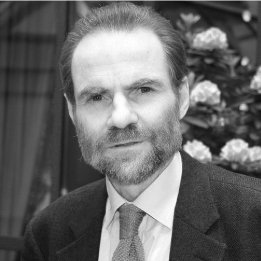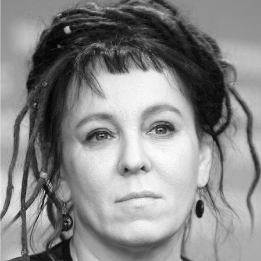Keep our news free from ads and paywalls by making a donation to support our work!

Notes from Poland is run by a small editorial team and is published by an independent, non-profit foundation that is funded through donations from our readers. We cannot do what we do without your support.
A team of Polish researchers have produced a “Map of Monsters” showing the locations historically associated with various mythical creatures in the folklore of Pomerania, a region that spans parts of modern Poland and Germany.
The document, which features devils, dragons, mermaids and ghosts on a map whose style was inspired by Renaissance cartography, aims to bring regional myths to life while presenting them with historically researched precision.
The project, which was funded by the National Science Centre (NCN), a Polish state body, is now freely available online following its publication in the Journal of Maps, an international academic journal.
Naukowcy i artyści opracowali ilustrowaną linorytami mapę Pomorza i Meklemburgii w stylu renesansowym, przedstawiającą XIX-w. wyobrażenia ludowe potworów: zmor, upiorów, wilkołaków czy duchów wodnych. #potwory #mapahttps://t.co/posY6wWbXw
— Nauka w Polsce (@naukawpolsce) January 2, 2025
An interdisciplinary team, consisting of a cartographer and geographic information system (GIS) specialist, an ethnologist, a historian and a graphic artist, compiled the map based on findings from 19th- and 20th-century German and Polish folklorists
Ethnologist Robert Piotrowski of the Polish Academy of Sciences (PAN) found 1,200 accounts of supernatural beliefs in the region, 600 of which were selected for the final map. These stories connect myths to landscape features such as glacial erratics, moraine hills and peat bogs.
“We were mainly interested in local tales of extraordinary events linked to a specific place,” said Piotrowski , quoted by the Polish Press Agency (PAP).
“For example, tales of beliefs that witches met on this particular mountain, that this boulder was once thrown by a giant, that the dyke on the lake was built by the devil, or that will-o’-the-wisps appeared in this swamp,” he added.
The team created 12 general categories to catalogue the supernatural beings depicted on the map, with the most common being devils (26.1%), followed by wild hunters (11.9%), apparitions (11.9%), gnomes (11.1%) and giants (11%).
According to the researchers, devils and giants are often linked to the region’s physical features, such as boulders and hills, which were thought to be moved or shaped by these creatures.
Gnomes are often associated with protecting homes and farms, and are also connected with the world of the dead, appearing near burial sites. The motif of the wild hunt, prevalent in German-speaking regions, is linked to explaining sudden natural phenomena, such as strong winds.
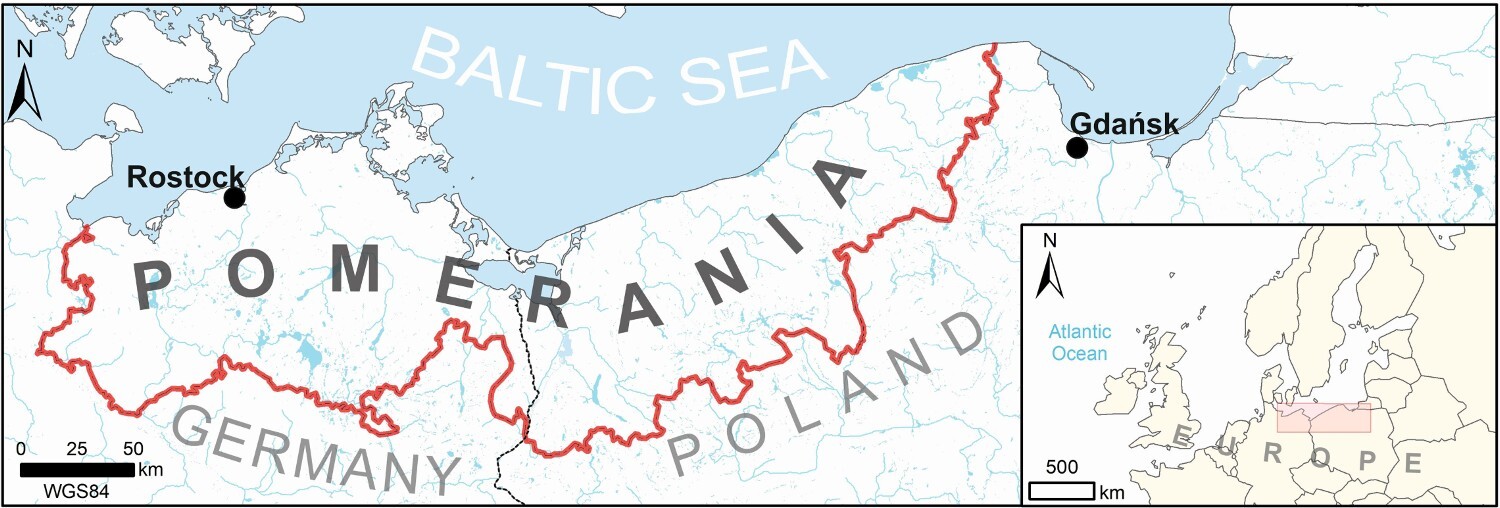
A map of the historic Pomerania region covered by the project, overlaid on the modern borders of Poland and Germany
The idea to design the map using Renaissance aesthetics came from Włodzimierz Juśkiewicz, a cartographer at PAN. He believed this artistic style best captured the period’s atmosphere and effectively complemented the depiction of demonic figures.
The document was created with the help of American writer K.M. Alexander, who collects historical map elements for his fantasy novels and made his collection available to the researchers.
A student of computer sciences from Gdańsk University of Technology, meanwhile, developed tools to automate the placement of these elements, ensuring alignment with current geographical features.
Jakub Jaszewski of Nicolaus Copernicus University designed original illustrations of fantastical creatures using artificial intelligence for concept sketches. They were then refined into linocut designs, with 12 prints incorporated into the map.

An example of the project’s creation of conceptual sketches
The researchers believe the map sets a new standard for blending academic research with visual storytelling.
“We have gone a step ahead and shown how modern maps can be made. We are now at the forefront, others will follow us, criticise us, copy us. But we are the ones showing a new form of presenting academic content,” said Dariusz Brykała, a geographer and historian of cartography at PAN.
Asked if similar maps could be created for other regions of Poland, the researchers expressed interest but noted that a publisher would be needed to fund further work.
A small community in Poland is embroiled in a dispute over 13 wooden sculptures of mythological spirits, pitting Catholics warning of "demonic idolatry" against officials seeking to promote tourism and local Kashubian folklore https://t.co/clhmpSAZCe
— Notes from Poland 🇵🇱 (@notesfrompoland) February 21, 2020
Slavic mythology featured demons that existed between the earthly and the divine world, possessing both human and divine characteristics. These beings initially embodied both positive and negative forces. However, with the rise of Christianity, they became associated primarily with evil.
Slavic demons include utopiec, a water spirit said to arise from the souls of drowned or miscarried foetuses; strzyga, a ghoulish female demon with bird-like claws that feeds on blood; and leszy, a guardian spirit of the forest.
Slavic mythology has inspired various modern works, including The Witcher, a popular book series by Andrzej Sapkowski that has been adapted into a Netflix series and a successful video game franchise.

Notes from Poland is run by a small editorial team and published by an independent, non-profit foundation that is funded through donations from our readers. We cannot do what we do without your support.
All image credits: Juśkiewicz, W., Jaszewski, J., Brykała, D., Piotrowski, R., Alexander, K. M., & Juśkiewicz, K. B. (2024). Supernatural beings of Pomerania: postmodern mapping of folkloristic sources. Journal of Maps, 21(1). https://doi.org/10.1080/17445647.2024.2434015
